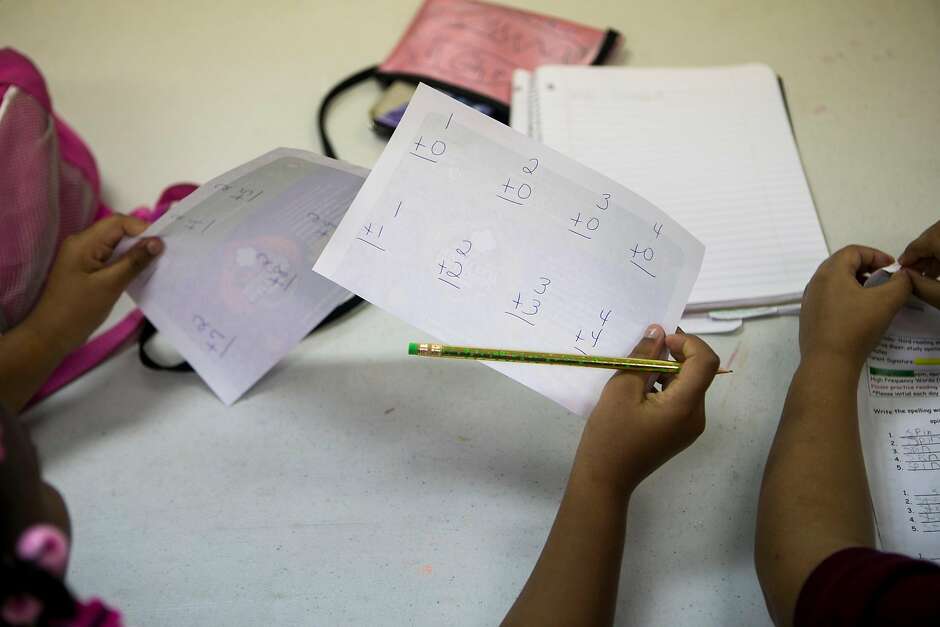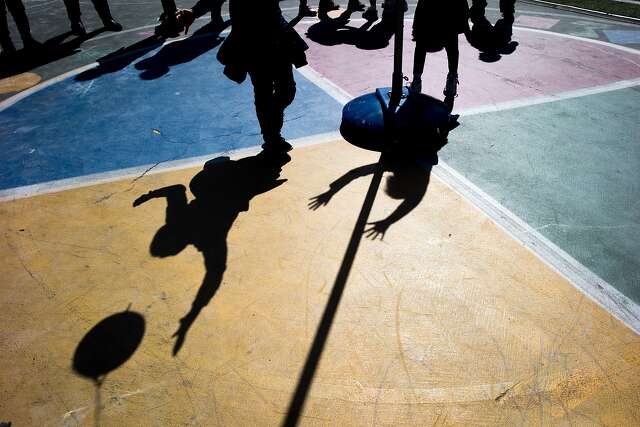San Francisco Chronicle | By Myrna Melgar

When Gavin Newsom took office as governor, advocates for children and families were optimistic.
Our optimism, however, was dampened once we saw his budget. While it expands access to community college and preschool, it left out a key campaign promise and priority he championed as mayor of San Francisco: after-school programs.
The good news: California has high-quality, publicly funded after-school programs through the After School Education and Safety Program. The largest investment of its kind in the nation, it funds community-based organizations and schools to create safe, enriching places for youth to go after the bell rings. This includes my organization, the Jamestown Community Center in San Francisco’s Mission District, where 38% of our after-school program is funded by the state, while 40% comes from the San Francisco Department of Children, Youth and Their Families.
After-school programs improve school attendance, graduation rates, social-emotional skills and health, and prevent substance abuse and crime. They help working parents by filling a critical child-care need.

The bad news: After-school programs are desperately underfunded. State funding of $8.19 per child, per day, has barely increased in the past decade and lags behind program operating costs and the rising minimum wage (soon to reach $15.59 an hour in San Francisco).
Making matters worse, President Trump proposed to eliminate federal after-school funding. Former California Gov. Arnold Schwarzenegger, a Republican, publicly decried the cuts.
Gov. Newsom, however, remains silent. This is surprising, as being a father of four kids makes him, in his words, “more righteous about public education.” And his agenda prioritized alleviating childhood poverty, expanding after-school programs and early childhood education, and closing the gap between wealthy and disadvantaged students.
Affluent parents know how crucial after-school enrichment is, so they invest in arts, sports and tutoring. In San Francisco, with one of the highest rates of private school attendance, this is especially true. Low-income parents also want the best for their kids, and it is in our interest for them to have opportunities to succeed.
With no action, 1 in 4 after-school programs in California could close their doors, according to a survey by the Partnership for Children & Youth. More than half of the respondents anticipate scaling back the number of youth they serve.
At the Jamestown Community Center, similar to other after-school programs, we have a long waiting list of youth who need our program. We already serve more than 2,000 low-income youth and families in the Mission, Excelsior and Bayview districts.
We were born in the 1960s out of neighbors’ desire to provide a safe, welcoming place for youth as an alternative to the streets. Today, we offer programs before and after school, including tutoring, youth leadership development, workforce skills, social-emotional support and more. We have the largest sports program in the Mission, as well as an award-winning Afro-Latino youth arts program called Loco Bloco. All of Jamestown’s programs are free for low-income families.
We serve young people like Jose (not his real name), who came to Jamestown as a sixth-grader at Horace Mann Middle School. The son of Mexican immigrants with an interest in sports and science, he struggled to fit in during the tough adolescent years.
At Jamestown, he joined a soccer team, learned to write computer code, found a peer support group, and had a tutor’s help with homework. Once in high school, Jose was hired by our Youth Apprenticeship Program, or YAP, as a teacher’s assistant in Jamestown’s after-school program at the school he attended as a child.
At Jose’s high school graduation, his dad told me that Jose used his first paycheck as a YAPster to buy groceries for the family.
In addition to the scholarship all YAPsters receive from Jamestown, Jose received a full scholarship from San Francisco State University. He is on track to graduate next year, and still works at Jamestown as a second-grade after-school teacher — helping the little ones get the same opportunities he had.
At Jamestown, we see the life-changing power of after-school programs every day. Gov. Newsom has seen it, too — that’s why he was, twice, the keynote speaker at our events during his term as mayor.
An increase in state funding would open up slots for more youth in this city, where the gap between those who can afford a future full of opportunity — and those who cannot — is ever widening.
We cannot let our after-school programs wither on the vine. Kids in San Francisco and across the state are depending on us.
Myrna Melgar is executive director of the Jamestown Community Center. She is also president of the San Francisco Planning Commission.

